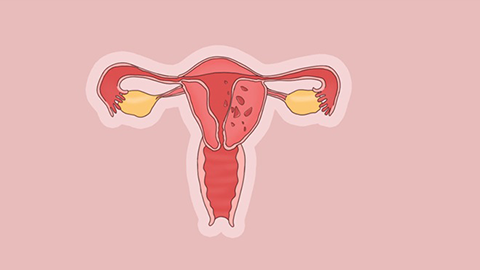Why Do People Develop Adenomyosis?
Generally, the main causes of adenomyosis include fewer childbirths, aging, abnormal hormone levels, endometrial damage, and chronic endometritis. If discomfort symptoms occur, timely visit to a regular hospital for diagnosis and treatment is recommended. Detailed analysis is as follows:
1. Fewer Childbirths
Women who have not given birth or have had few pregnancies lack the physiological shedding and repairing of the endometrium during pregnancy, which may increase the risk of endometrial invasion into the myometrium, causing adenomyosis. Women planning pregnancy can give birth at an appropriate time to reduce the chance of abnormal endometrial hyperplasia through pregnancy.
2. Aging
With aging, women's ovarian function gradually declines, accompanied by hormonal fluctuations. The endometrium is prone to abnormal hyperplasia and invasion into the uterine muscle layer, leading to adenomyosis. Middle-aged and elderly women should undergo regular gynecological examinations for early detection and intervention.

3. Abnormal Hormone Levels
Elevated estrogen levels or insufficient progesterone can stimulate excessive endometrial hyperplasia, increasing the possibility of invasion into the myometrium, leading to adenomyosis. When symptoms are obvious, hormone-regulating medications such as dydrogesterone tablets, medroxyprogesterone acetate tablets, or the levonorgestrel-releasing intrauterine system may be used under medical guidance to alleviate symptoms. Severe cases may require adenomyosis lesion resection.
4. Endometrial Damage
Procedures such as induced abortion and intrauterine surgery can damage the basal layer of the endometrium, making it easier for endometrial tissue to invade the uterine myometrium, triggering adenomyosis. Effective contraception should be practiced to reduce unnecessary intrauterine procedures and lower the risk of endometrial injury.
5. Chronic Endometritis
Long-term chronic endometritis disrupts the normal structure of the endometrium, promoting the growth of endometrial tissue into the myometrium, inducing adenomyosis. Under medical guidance, anti-inflammatory medications such as cefixime capsules, metronidazole tablets, and clindamycin phosphate tablets may be used to control inflammation and prevent disease progression.
In daily life, maintaining good hygiene habits to prevent gynecological inflammation, avoiding excessive fatigue, maintaining regular作息 (作息 means rest and work schedules), reducing intake of high-estrogen foods such as royal jelly and snow frog oil, and undergoing regular gynecological examinations to monitor uterine health are recommended.




